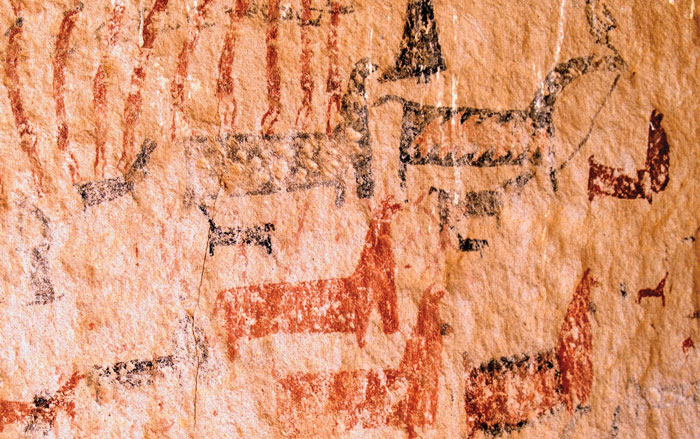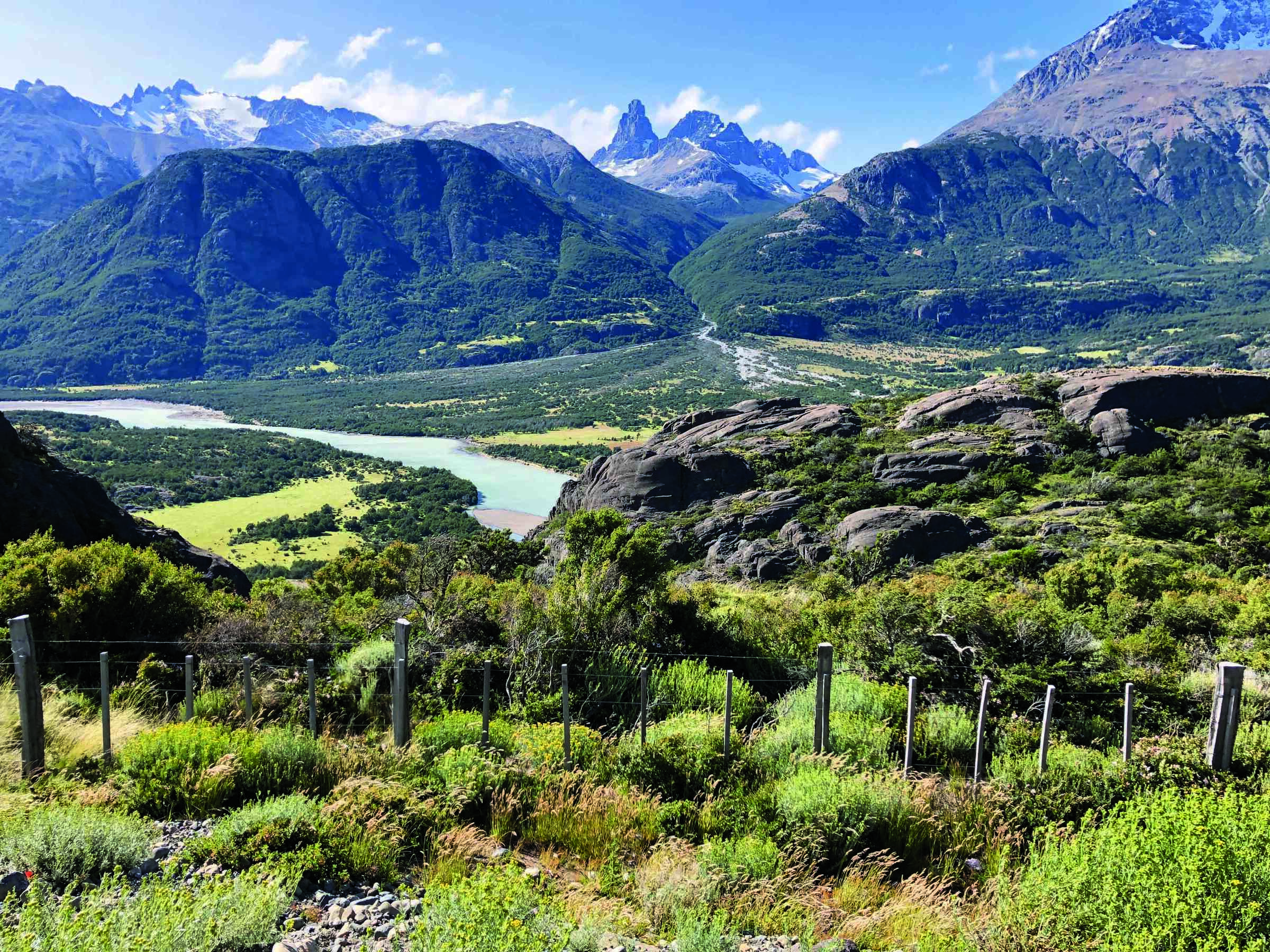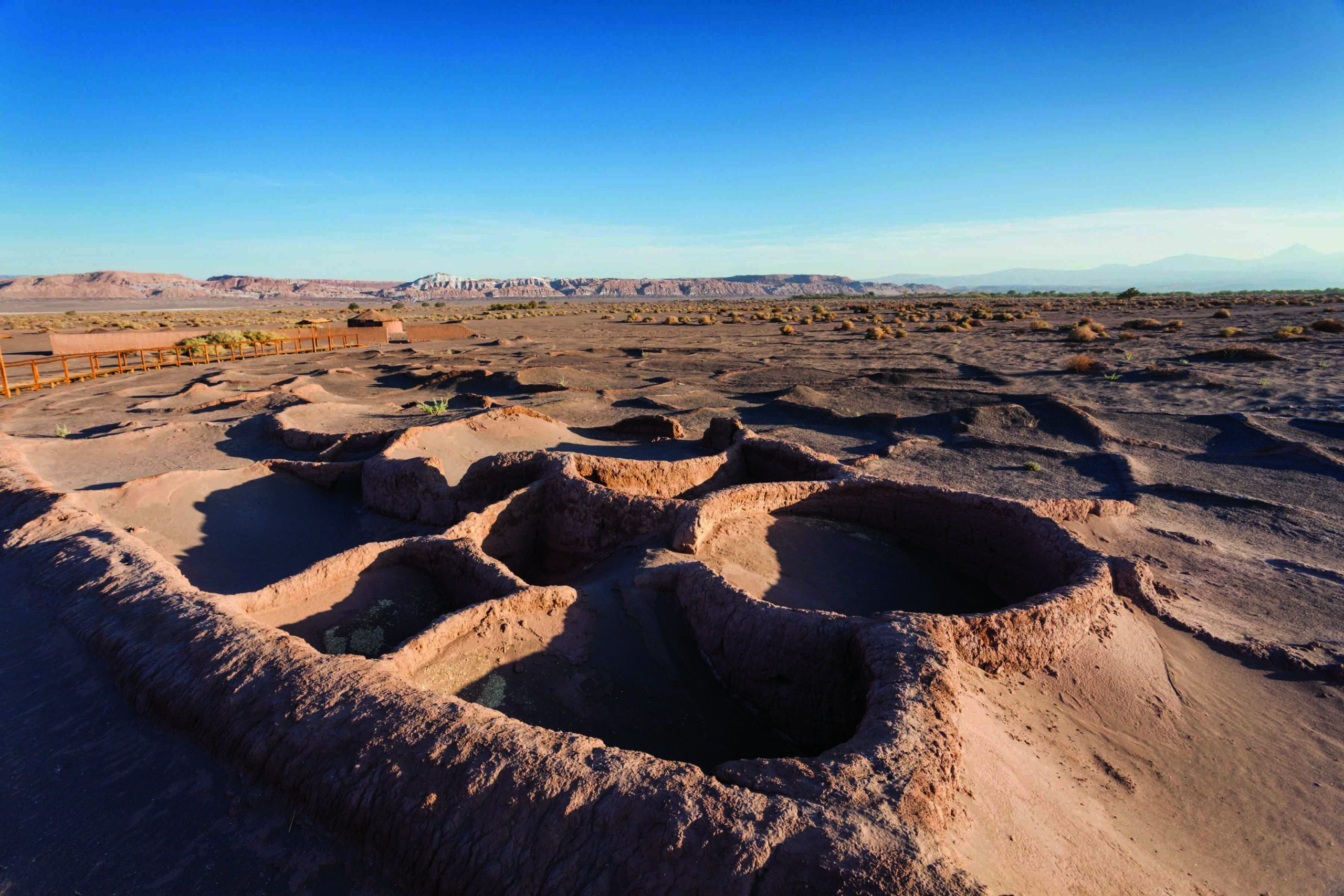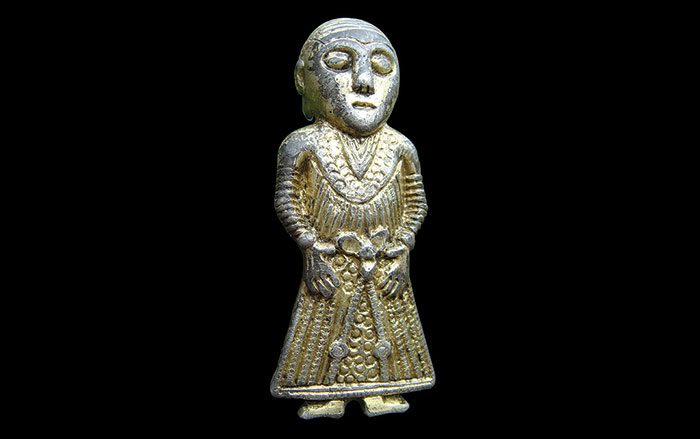
Nearly one billion people today call the Americas home, inhabiting territories that stretch from the wide expanses of Canada and the United States, down through Mexico and Central America, and south through the varied landscapes of South America to Chile—from sparsely populated regions to some of the most crowded cities on the planet. And yet, as recently as 16,000 years ago, there may not have been anyone in these lands at all. Who were the earliest Americans, and how and when did they get here? These are questions that have long fascinated archaeologists and the public alike. As with all scientific endeavors, uncovering the story of how and when people arrived in the Americas will require an accumulation of evidence and data, and will long continue to be subject to revision. Here, then, is where the research has led so far:
-
America, in the Beginning September/October 2014
Destination: The Americas
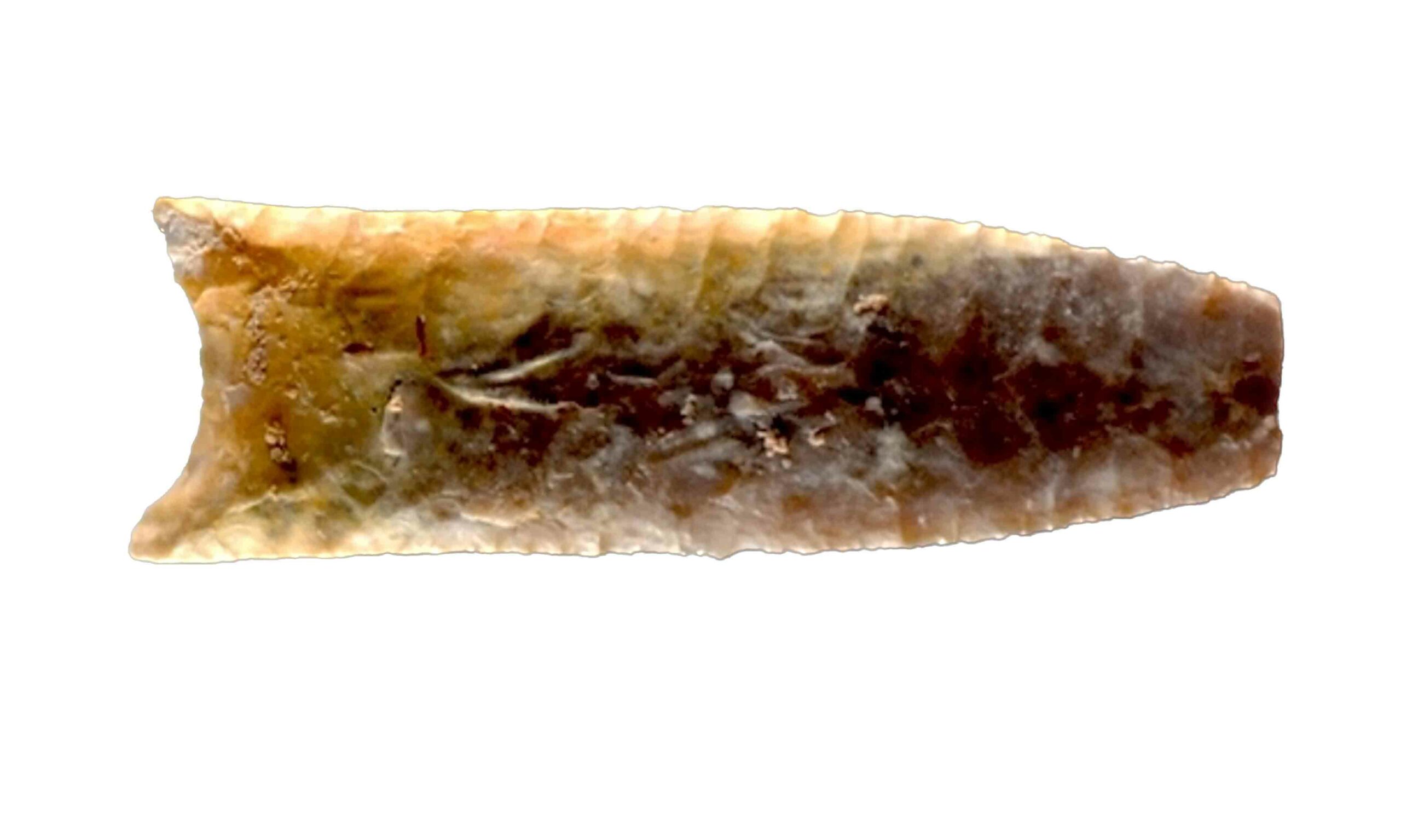
-
America, in the Beginning September/October 2014
Monte Verde
 (Tom Dillehay, Vanderbilt University)
(Tom Dillehay, Vanderbilt University) -
America, in the Beginning September/October 2014
Meadowcroft Rockshelter
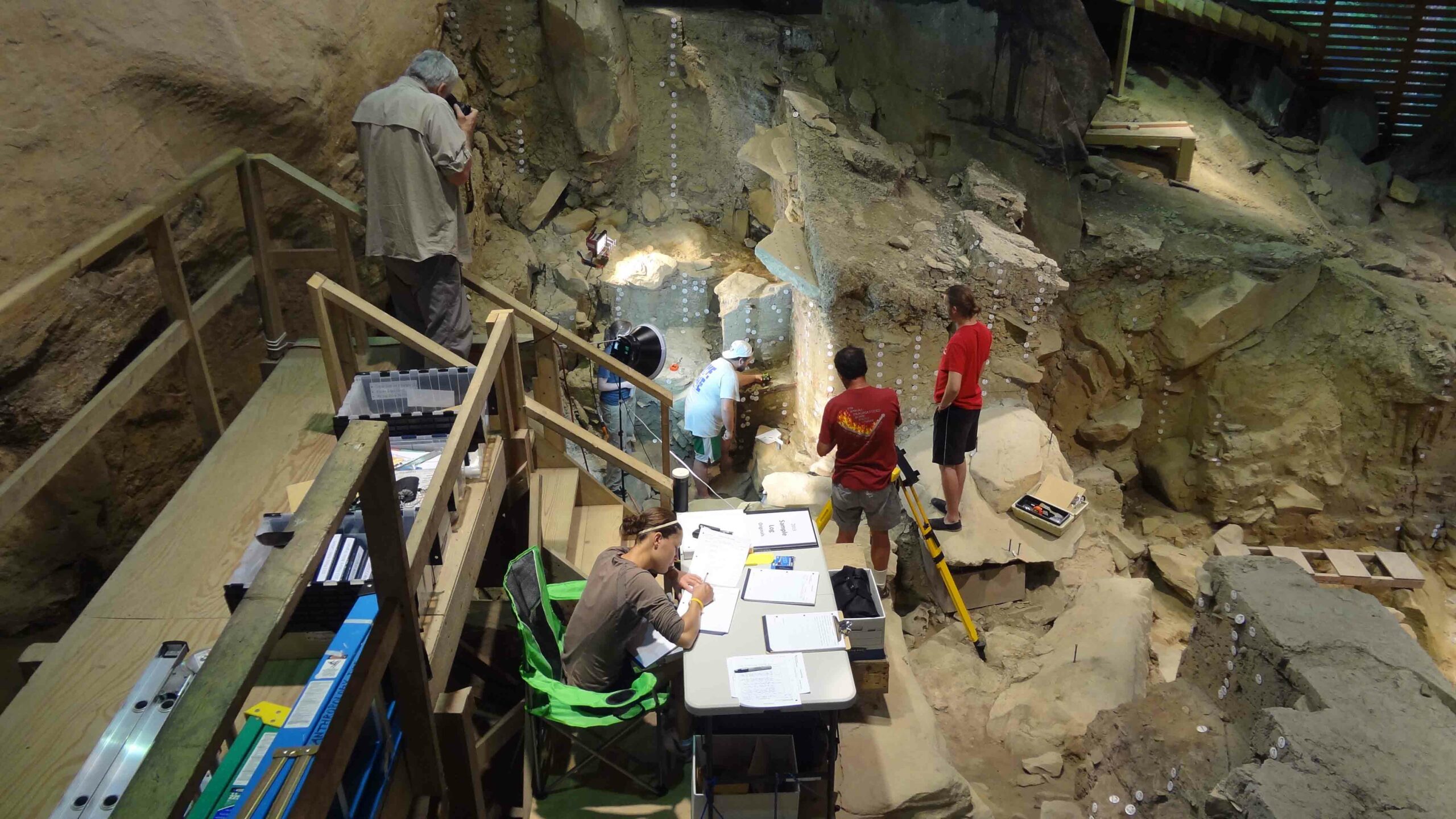 (Courtesy J.M. Adovasio, Mercyhurst Archaeological Institute)
(Courtesy J.M. Adovasio, Mercyhurst Archaeological Institute) -
America, in the Beginning September/October 2014
Paisley Caves
 (Brian Lanker)
(Brian Lanker) -
America, in the Beginning September/October 2014
Debra L. Friedkin Site
 (Courtesy Michael R. Waters, Texas A&M University)
(Courtesy Michael R. Waters, Texas A&M University) -
America, in the Beginning September/October 2014
Schaefer and Hebior Kill Sites
 (Kenosha Public Museums)
(Kenosha Public Museums) -
America, in the Beginning September/October 2014
Manis Mastodon Kill Site
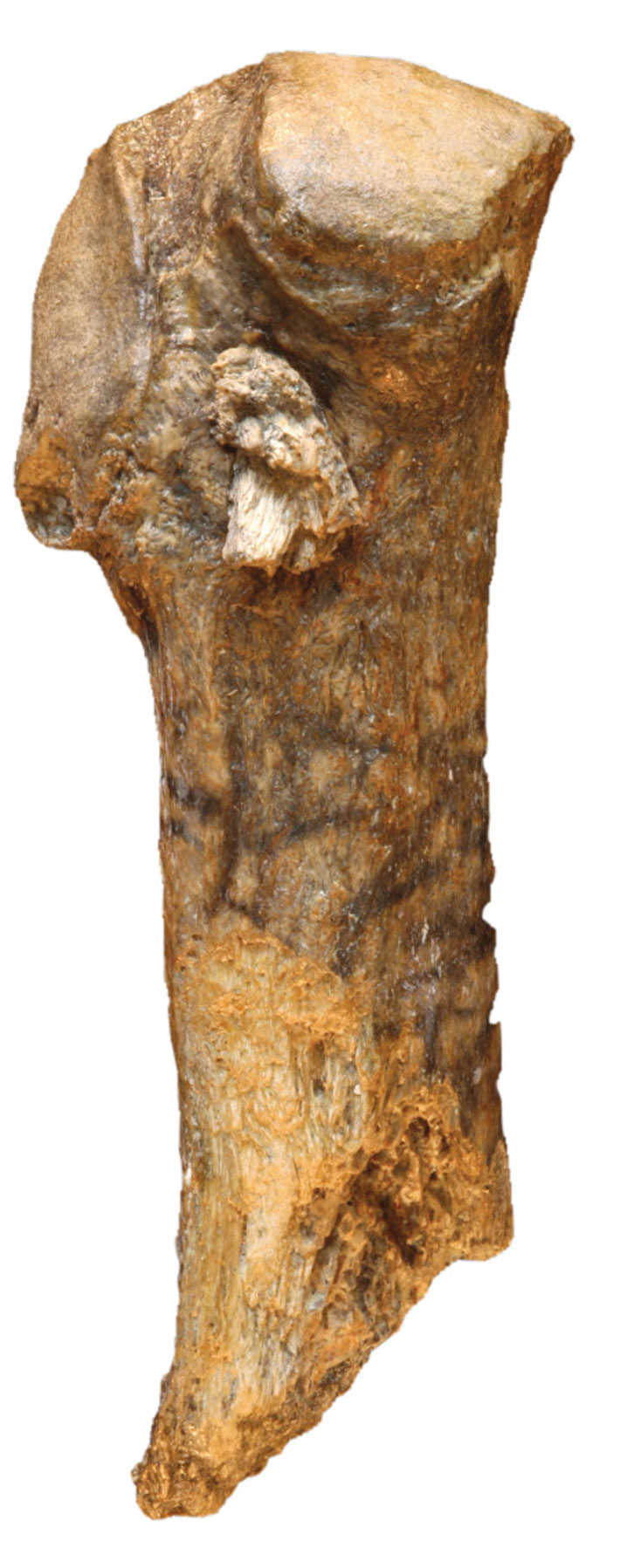 (Center for the Study of the First Americans, Texas A&M University)
(Center for the Study of the First Americans, Texas A&M University)



